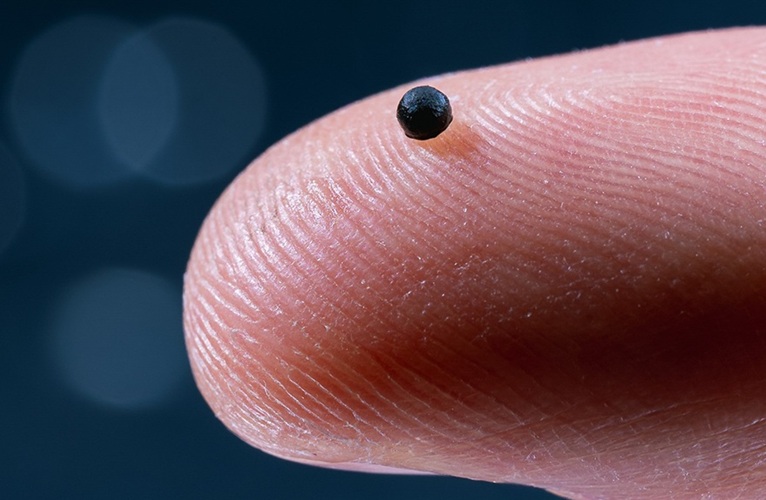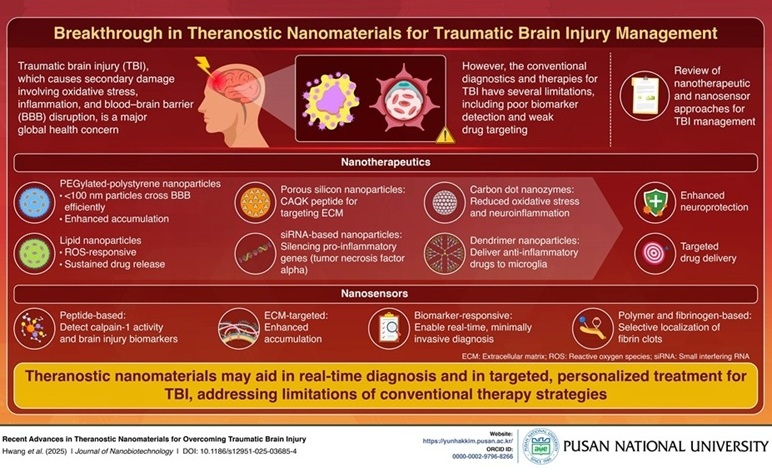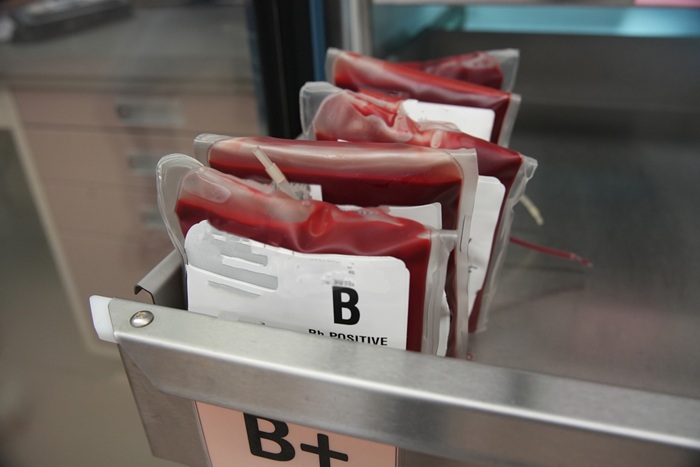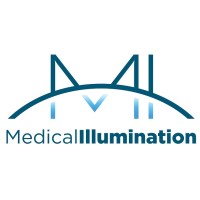Laparoscopic Approach Cuts Pancreatitis Complication Rates
|
By HospiMedica International staff writers Posted on 18 Jul 2017 |
Minimally invasive transplant surgery reduces operative times, length of stay, and promises quicker opioid independence for patients suffering from chronic pancreatitis (CP).
Developed at Johns Hopkins University (JHU, Baltimore, MD, USA), laparoscopic total pancreatectomy with islet cell auto transplantation (TPIAT) involves surgically removing the pancreas and reconstructing the gastrointestinal tract. While removing the pancreas often relieves the severe abdominal pain that accompanies CP, it also causes the patient to develop insulin-dependent diabetes. To counter this eventuality, islet cells from the diseased pancreas are isolated and injected into the patient’s liver.
To examine the feasibility of using a laparoscopic TPIAT approach in the treatment of CP, 32 patients were offered to undergo the procedure between January 1, 2013, and December 31, 2015. Of the 22 patients who eventually underwent laparoscopic TPIAT, two patients converted to an open procedure because of difficult anatomy and prior surgery. Average operating time was 493 minutes, average islet isolation took 185 minutes, and average length of hospital stay was 11 days. Pain and glycemic outcomes were recorded at follow-up visits every 3’6 months postoperatively.
The results showed that that laparoscopic TPIAT (compared to open TPIAT) resulted in shorter average operative time, islet isolation time, warm ischemia time, and length of stay. No patients experienced postoperative surgical site infection (SSI), hernia, or small-bowel obstruction, and none died. In all, 90% of the patients experienced a decrease or complete resolution of pain, with 60% no longer requiring opioid therapy. At one-year follow-up, 25% were insulin independent, 45% required 1-10 daily units (U/d) of insulin, 25% required 11-20 U/d, and one patient required greater than 20 U/d of basal insulin. The study was published on June 1, 2017, in JAMA Surgery.
“Chronic pancreatitis can be a very painful and debilitating condition. In an era of opioid addiction, performing a major operation through a minimally invasive technique can mean less pain for patients, reducing the need for opioids and their complications,” said senior author professor of surgery Martin Makary, MD, MPH. “Benefits of laparoscopic approaches can include vastly reduced risk of surgical wound and other infection, a quicker recovery, and better pain management.”
CP is an inflammation of the pancreas that does not heal or improve, eventually impairing a patient’s ability to digest food and make pancreatic hormones. The prevalence of CP is 50 people per 100,000, often developing between the ages of 30 and 40, and is more common in men than women. Symptoms include upper abdominal pain, nausea, vomiting, weight loss, diarrhea, and oily, clay-colored stools. Patients who have CP may have a decreased quality of life due to pain and often require admission to the hospital for treatment of symptoms.
Related Links:
Johns Hopkins University
Developed at Johns Hopkins University (JHU, Baltimore, MD, USA), laparoscopic total pancreatectomy with islet cell auto transplantation (TPIAT) involves surgically removing the pancreas and reconstructing the gastrointestinal tract. While removing the pancreas often relieves the severe abdominal pain that accompanies CP, it also causes the patient to develop insulin-dependent diabetes. To counter this eventuality, islet cells from the diseased pancreas are isolated and injected into the patient’s liver.
To examine the feasibility of using a laparoscopic TPIAT approach in the treatment of CP, 32 patients were offered to undergo the procedure between January 1, 2013, and December 31, 2015. Of the 22 patients who eventually underwent laparoscopic TPIAT, two patients converted to an open procedure because of difficult anatomy and prior surgery. Average operating time was 493 minutes, average islet isolation took 185 minutes, and average length of hospital stay was 11 days. Pain and glycemic outcomes were recorded at follow-up visits every 3’6 months postoperatively.
The results showed that that laparoscopic TPIAT (compared to open TPIAT) resulted in shorter average operative time, islet isolation time, warm ischemia time, and length of stay. No patients experienced postoperative surgical site infection (SSI), hernia, or small-bowel obstruction, and none died. In all, 90% of the patients experienced a decrease or complete resolution of pain, with 60% no longer requiring opioid therapy. At one-year follow-up, 25% were insulin independent, 45% required 1-10 daily units (U/d) of insulin, 25% required 11-20 U/d, and one patient required greater than 20 U/d of basal insulin. The study was published on June 1, 2017, in JAMA Surgery.
“Chronic pancreatitis can be a very painful and debilitating condition. In an era of opioid addiction, performing a major operation through a minimally invasive technique can mean less pain for patients, reducing the need for opioids and their complications,” said senior author professor of surgery Martin Makary, MD, MPH. “Benefits of laparoscopic approaches can include vastly reduced risk of surgical wound and other infection, a quicker recovery, and better pain management.”
CP is an inflammation of the pancreas that does not heal or improve, eventually impairing a patient’s ability to digest food and make pancreatic hormones. The prevalence of CP is 50 people per 100,000, often developing between the ages of 30 and 40, and is more common in men than women. Symptoms include upper abdominal pain, nausea, vomiting, weight loss, diarrhea, and oily, clay-colored stools. Patients who have CP may have a decreased quality of life due to pain and often require admission to the hospital for treatment of symptoms.
Related Links:
Johns Hopkins University
Latest Surgical Techniques News
- Breakthrough Surgical Device Redefines Hip Arthroscopy
- Automated System Enables Real-Time "Molecular Pathology" During Cancer Surgery
- Groundbreaking Procedure Combines New Treatments for Liver Tumors
- Ablation Reduces Stroke Risk Associated with Atrial Fibrillation
- Optical Tracking Method Identifies Target Areas in Robot-Assisted Neurosurgery
- General Anesthesia Improves Post-Surgery Outcomes for Acute Stroke Patients
- Drug-Coated Balloons Can Replace Stents Even in Larger Coronary Arteries
- Magnetic Kidney Stone Retrieval Device Outperforms Ureteroscopic Laser Lithotripsy
- Absorbable Skull Device Could Replace Traditional Metal Implants Used After Brain Surgery
- Magic Silicone Liquid Powered Robots Perform MIS in Narrow Cavities
- 'Lab-on-a-Scalpel' Provides Real-Time Surgical Insights for POC Diagnostics in OR
- Biodegradable Brain Implant Prevents Glioblastoma Recurrence
- Tiny 3D Printer Reconstructs Tissues During Vocal Cord Surgery
- Minimally Invasive Procedure for Aortic Valve Disease Has Similar Outcomes as Surgery
- Safer Hip Implant Design Prevents Early Femoral Fractures
- New Nanomaterial Improves Laser Lithotripsy for Removing Kidney Stones
Channels
Critical Care
view channel
Magnetically Guided Microrobots to Enable Targeted Drug Delivery
Stroke affects 12 million people globally each year, often causing death or lasting disability. Current treatment relies on systemic administration of clot-dissolving drugs, which circulate throughout... Read more
Smart Nanomaterials Detect and Treat Traumatic Brain Injuries Simultaneously
Traumatic brain injury (TBI) continues to leave millions with long-term disabilities every year. After a sudden impact from a fall, collision, or accident, the brain undergoes inflammation, oxidative stress,... Read more
Earlier Blood Transfusion Could Reduce Heart Failure and Arrhythmia in Heart Disease Patients
Blood loss during or after surgery can place significant stress on people with heart disease, increasing the risk of dangerous complications. Transfusions are often delayed until hemoglobin levels fall... Read morePatient Care
view channel
Revolutionary Automatic IV-Line Flushing Device to Enhance Infusion Care
More than 80% of in-hospital patients receive intravenous (IV) therapy. Every dose of IV medicine delivered in a small volume (<250 mL) infusion bag should be followed by subsequent flushing to ensure... Read more
VR Training Tool Combats Contamination of Portable Medical Equipment
Healthcare-associated infections (HAIs) impact one in every 31 patients, cause nearly 100,000 deaths each year, and cost USD 28.4 billion in direct medical expenses. Notably, up to 75% of these infections... Read more
Portable Biosensor Platform to Reduce Hospital-Acquired Infections
Approximately 4 million patients in the European Union acquire healthcare-associated infections (HAIs) or nosocomial infections each year, with around 37,000 deaths directly resulting from these infections,... Read moreFirst-Of-Its-Kind Portable Germicidal Light Technology Disinfects High-Touch Clinical Surfaces in Seconds
Reducing healthcare-acquired infections (HAIs) remains a pressing issue within global healthcare systems. In the United States alone, 1.7 million patients contract HAIs annually, leading to approximately... Read moreHealth IT
view channel
Printable Molecule-Selective Nanoparticles Enable Mass Production of Wearable Biosensors
The future of medicine is likely to focus on the personalization of healthcare—understanding exactly what an individual requires and delivering the appropriate combination of nutrients, metabolites, and... Read moreBusiness
view channel
Philips and Masimo Partner to Advance Patient Monitoring Measurement Technologies
Royal Philips (Amsterdam, Netherlands) and Masimo (Irvine, California, USA) have renewed their multi-year strategic collaboration, combining Philips’ expertise in patient monitoring with Masimo’s noninvasive... Read more
B. Braun Acquires Digital Microsurgery Company True Digital Surgery
The high-end microsurgery market in neurosurgery, spine, and ENT is undergoing a significant transformation. Traditional analog microscopes are giving way to digital exoscopes, which provide improved visualization,... Read more
CMEF 2025 to Promote Holistic and High-Quality Development of Medical and Health Industry
The 92nd China International Medical Equipment Fair (CMEF 2025) Autumn Exhibition is scheduled to be held from September 26 to 29 at the China Import and Export Fair Complex (Canton Fair Complex) in Guangzhou.... Read more













